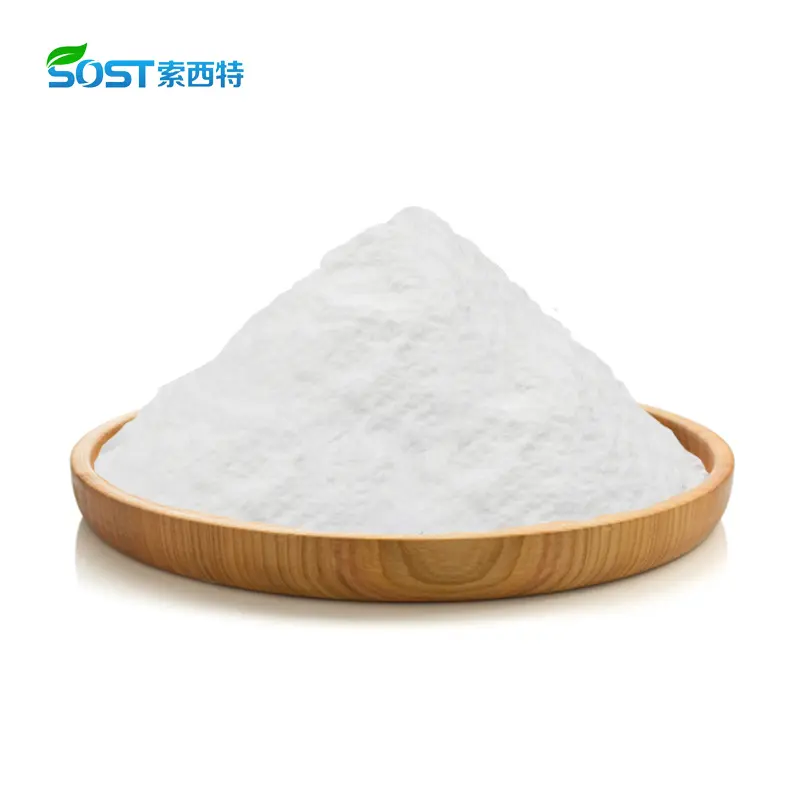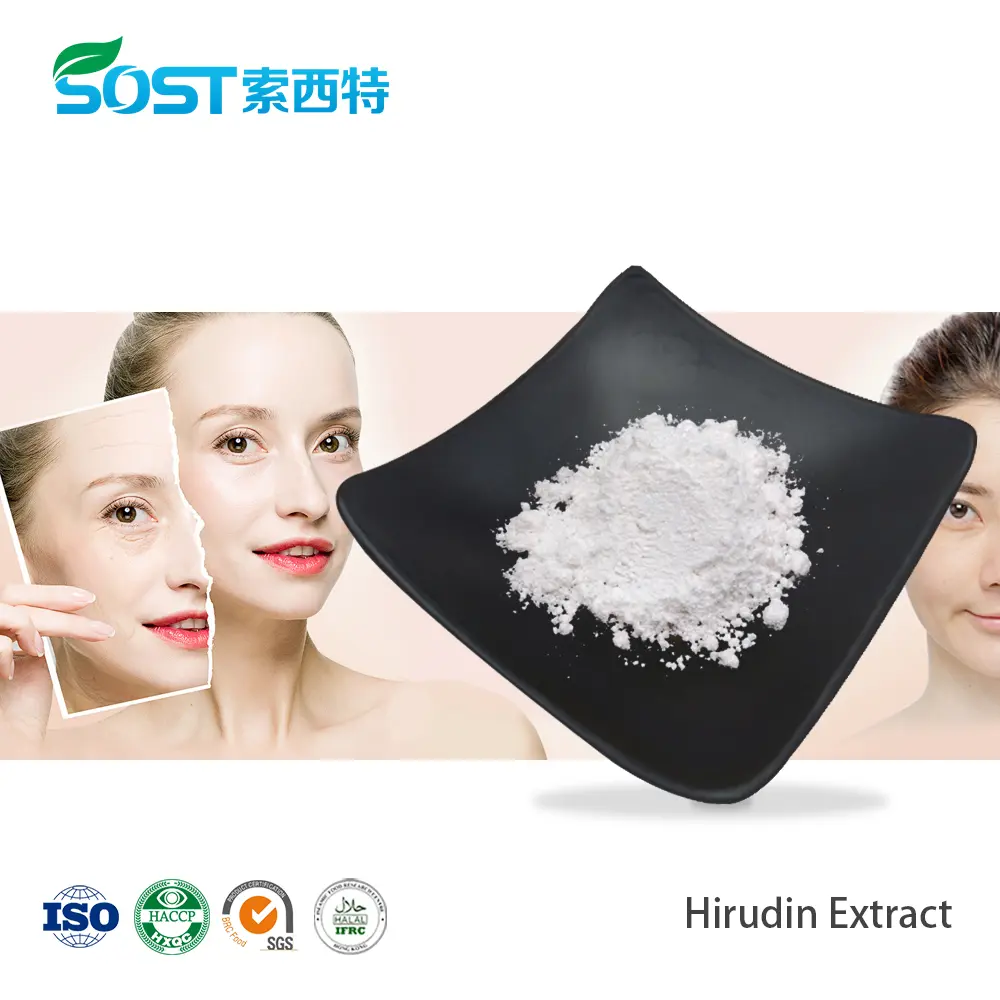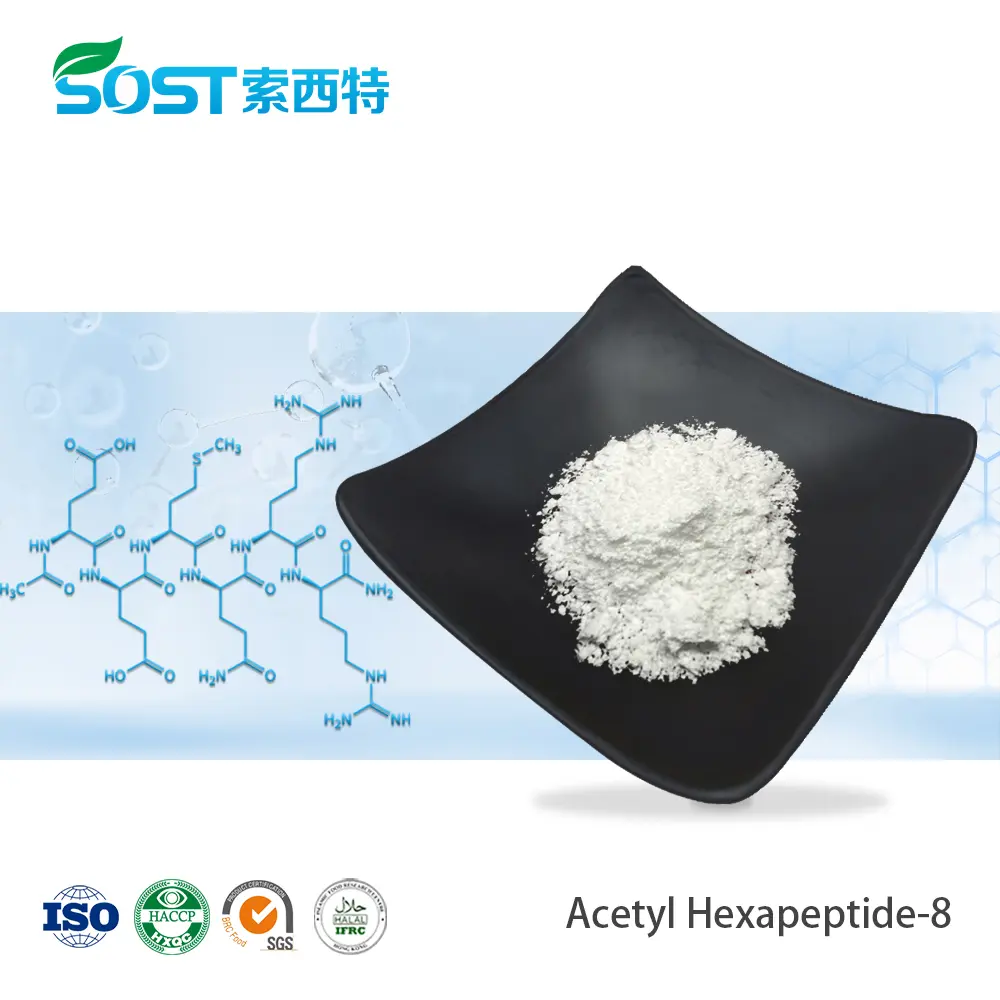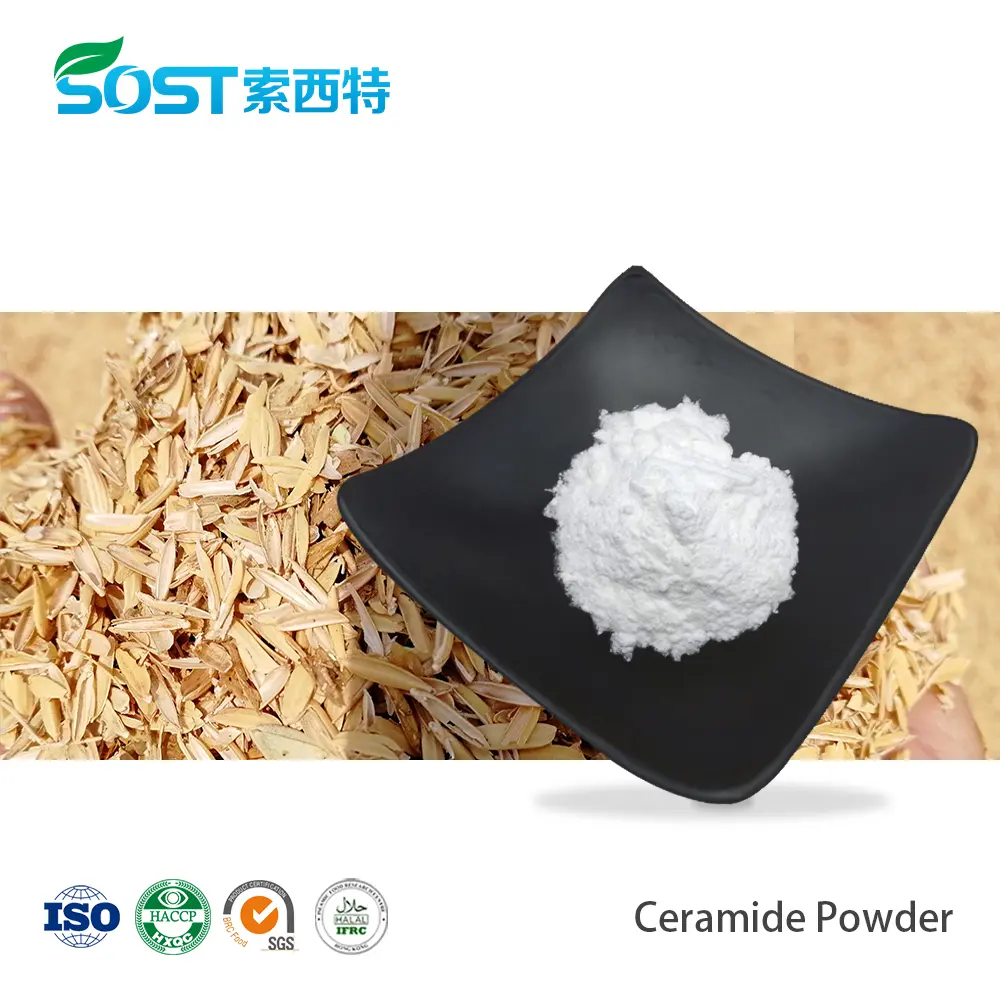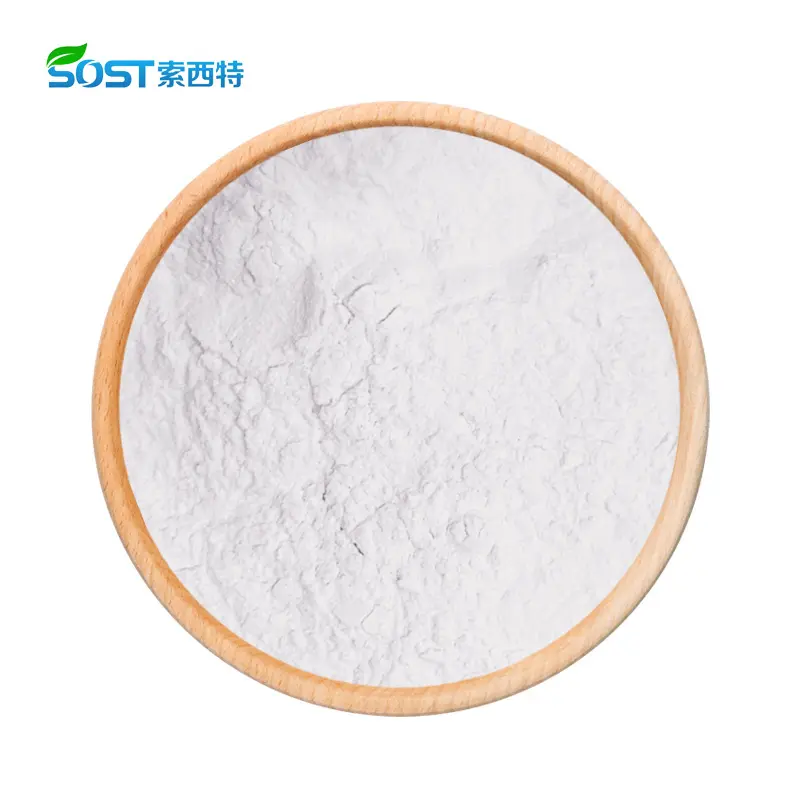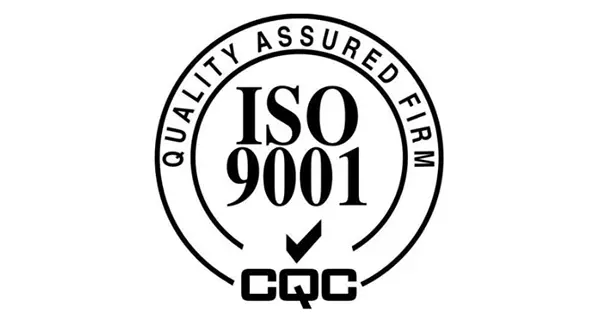0102030405
Product Introduction
Ceramide powder is a kind of phospholipids with ceramide as the backbone, mainly including ceramide phosphocholine and ceramide phosphoethanolamine. Phospholipids are the main components of cell membrane. About 40%-50% of sebaceous fat in stratum corneum is composed of ceramide, and ceramide is the main part of intercellular matrix. It plays an important role in maintaining the balance of water in the stratum corneum.
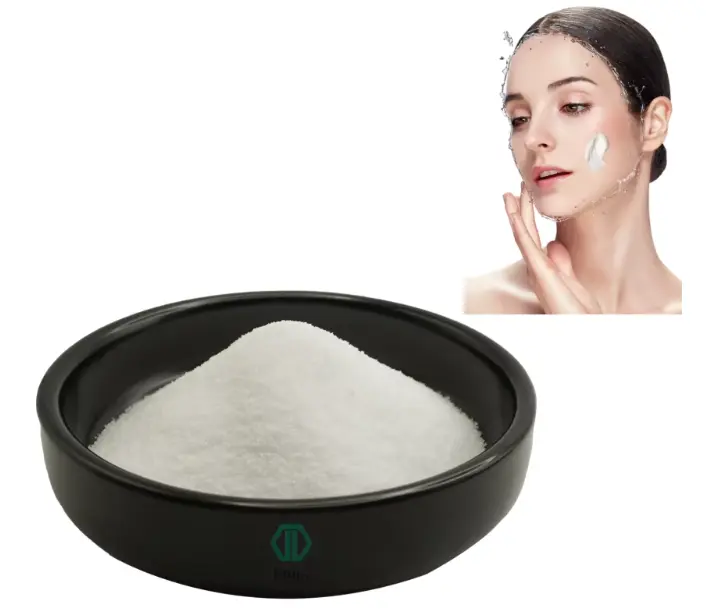
Product Data Sheets
| Analysis | Description | Test Method |
| Appearance | White Powder | Visual |
| Odor | Characteristic | Nasil |
| Identification | Conform with reference sample | HPLC |
| Mesh Size | 100% pass 80 mesh | CP2020 |
| Moisture Content | ≤ 2.0% | GB5009.3-2016 |
| Heavy Metals | ≤ 10 ppm | CP2020 |
| Arsenic (As) | ≤ 1.0 ppm | BS EN ISO17294-2 2016 2016 |
| Lead (Pb) | ≤ 1.0 ppm | BS EN ISO17294-2 2016 |
| Cadmium(Cd) | ≤ 1.0ppm | BS EN ISO17294-2 2016 |
| Mercury (Hg) | ≤ 1ppm | BS EN ISO17294-2 2016 |
| Total Plate Count | ≤ 10000 cfu/g | ISO 4833- 1:2013 |
| Yeast and Mold | ≤ 1000 cfu/g | ISO 21527-2:2008 |
| Escherichia Coli | Absent | ISO 16649-2:2001 |
| Salmonella/25g | Absent | ISO 6579-1:2017 |
| Assay | ≥10% | HPLC |
Product Function
1.Composing the skin barrier
The skin barrier includes physical, chemical, immune and microbial barriers, and the physical barrier is mainly composed of the stratum corneum and intercellular junctions. Cellular and intercellular lipids in the stratum corneum are involved in the "brick wall structure", and intercellular lipids mainly include ceramides, fatty acids, and cholesterol. The amphiphilic nature of ceramides allows barrier lipids to form a membranous intercellular lipid layer, whereas their hydrophilic groups promote epidermal hydration and prevent excessive transcutaneous water loss.
Ceramide can promote the synthesis of filaggrin (FLG), which is not only an important structural protein, but also the main source of moisturizing factors. FLG monomers polymerize to form keratin bundles, which participate in maintaining the structure and integrity of the stratum corneum. Filaggrin is decomposed into free amino acids and other natural moisturizing factors, including urea, sodium pyrrolidinone carboxylate, and lactic acid.
2.Signal transduction
Intracellular Ceramides can act as messengers Ceramides act as second messengers in various biological processes. Messenger ceramides are of similar origin to non-messenger ceramides, and there are no significant differences in chemical structures, including ω-O-acyl-very long chain ceramides that are unique to the epidermis. However, most of the precursors of non-messenger ceramides (glucosylceramide) are located in the lamina vesicles and cannot directly enter the cytoplasm to participate in signal transduction.
In addition to being fundamental structural parts of biofilms, lipids, including sphingolipids, are increasingly recognized as important regulators of many important cellular processes, including autophagy. Autophagy is an important mechanism to maintain cell self-stability and renewal under physiological and pathological conditions.

3.Regulation of skin immunity
Skin lipids play an important role in immune regulation and inflammatory response. Sphingosine, dihydrosphingosine and phytosphingosine have similar antibacterial activities against a range of Gram-positive and Gram-negative bacteria, including Escherichia coli, Fusobacterium nucleatum, Staphylococcus aureus, light Streptococcus, etc. The accumulation of sphingosine bases in bacterial cell membrane and the induction of bacterial ultrastructure damage are related to the insertion of sphingosine bases into the cytoplasmic membrane (Gram-positive and Gram-negative bacteria) and the polar lipids in the inner leaflet of the outer membrane (Gram-negative bacteria), resulting in the change of the physical properties of the bacterial cell membrane and the loss of membrane function.
Thin Layer Chromatography of Ceramides from different manufacturers
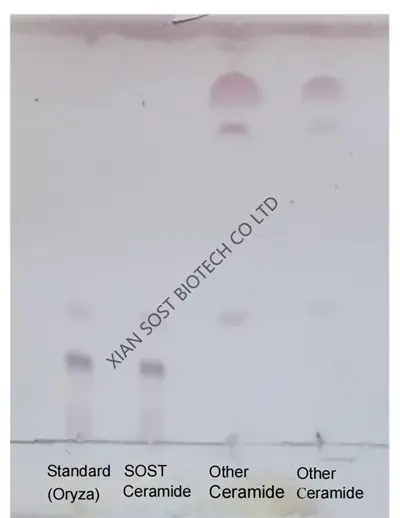
Our competitive advantage lies in the purity and bioavailability of our ceramides powder. Through our careful selection of raw materials and meticulous processing, we are able to maintain the natural integrity of ceramides for maximum benefit in your finished formulation. For more information or inquiries, please contact us: ericyang@xasost.com. We are here to help you understand how our ceramides can enhance your products and meet your skin care needs.
Product Data Sheets
| Analysis | Description | Test Method |
| Appearance | Light Yellow Powder | Visual |
| Odor | Characteristic | Nasil |
| Identification | Conform with reference sample | HPLC |
| Mesh Size | 100% pass 80 mesh | CP2020 |
| Moisture Content | ≤ 2.0% | GB5009.3-2016 |
| Heavy Metals | ≤ 10 ppm | CP2020 |
| Arsenic (As) | ≤ 1.0 ppm | BS EN ISO17294-2 2016 2016 |
| Lead (Pb) | ≤ 1.0 ppm | BS EN ISO17294-2 2016 |
| Cadmium(Cd) | ≤ 1.0ppm | BS EN ISO17294-2 2016 |
| Mercury (Hg) | ≤ 1ppm | BS EN ISO17294-2 2016 |
| Total Plate Count | ≤ 10000 cfu/g | ISO 4833- 1:2013 |
| Yeast and Mold | ≤ 1000 cfu/g | ISO 21527-2:2008 |
| Escherichia Coli | Absent | ISO 16649-2:2001 |
| Salmonella/25g | Absent | ISO 6579-1:2017 |
| Assay | ≥10% | HPLC |
Packing & Shipping
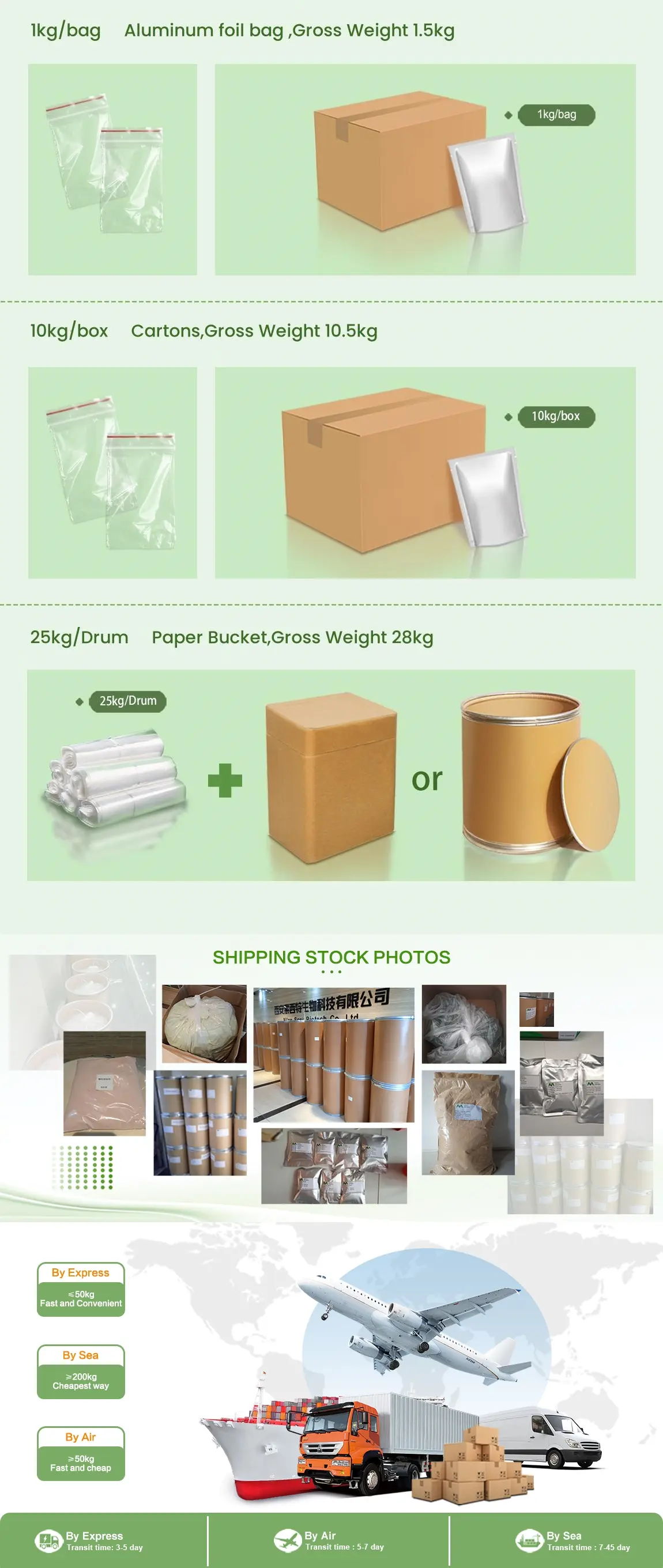
What We Can Do?


 Food Additives
Food Additives
